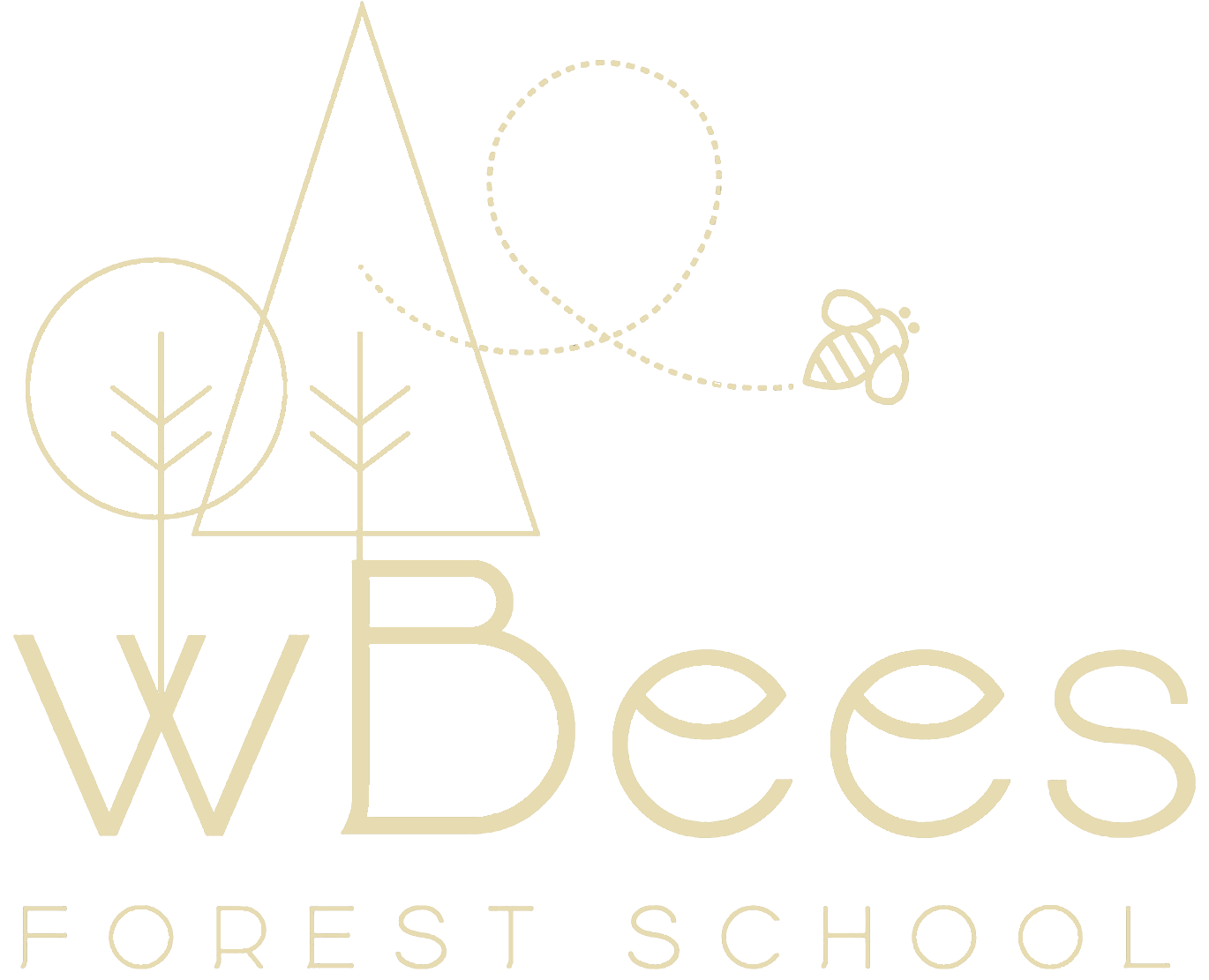Freedom within Limits- Understanding and Setting Boundaries
At wBees, we believe in freedom within limits. Setting limits guides our actions and behaviors towards positive and proactive ways of interacting in our classroom environments and beyond while allowing each child to have the freedom to explore and express themselves in candid and self-driven ways. Boundaries and limits also create a sense of safety and security that allow children to reflect on the appropriate ways to engage with others, materials, and the environment. While setting limits can feel tricky at times, we know how important it is to make them clear, reasonable, and consistent to facilitate a peaceful and harmonious space for all of our community members.
Setting limits should be:
Clear and concise- explain boundaries and limits with simple and concrete language. Repeatedly use the same language when giving reminders and reinforcing limits.
Reasonable and fair- if there’s one thing young children can point out, it’s how to be fair! Creating boundaries and limits that make sense and are fair is important in making it digestible and easy to follow.
Consistent and repeated- it’s common for caretakers in early childhood to sound like a broken record, but repeating important messages and holding them consistent across situations and environments is crucial for children to internalize them!
Young children testing the limits: It’s a good thing!
Of course, we want children to follow and respect the limits we set our to protect and guide them, but the reality is that testing boundaries are a very normal and expected thing during early childhood. During this exploratory time in their lives, they are testing boundaries to see how far they can push, what is acceptable, and what types of consequences will follow. While it can be frustrating, it’s important to have patience and continue reinforcing the limits set in place, so they internalize their meaning and purpose. We find that boundary testing happens most often during “developmental leaps” or “growth spurts” or once a child is comfortable with a certain routine or space. This is when we need the most compassion, patience, and consistency, which will pay off in the end!
Testing the limits is oftentimes an exploration of autonomy. Our little ones are so eager to do so much in the world around them, and as they learn to be more and more independent each day, the ways in which they can do so is not the clearest. Children use boundary testing as a way to figure out how much autonomy is appropriate for them, and in tandem, they understand what is safe and acceptable. Limits often are made for the very sake of safety and acceptable actions in our communities, so as a child learns to internalize that sense of what safety looks and feels like along with what they can and can’t do within their world, it’s important to see their boundary testing as a learning opportunity.
This is also why you’ll hear us repeat over and over again the importance of consistency. Particularly for preschoolers, the skills to generalize information are just beginning to form. They can’t necessarily generalize limits just yet. That’s why they might understand that jumping on the coffee table at home isn’t safe but might try to do it at their grandparents’ house. When we use consistent boundaries, we’re helping them make the connection that this behavior is not safe across multiple environments, and it further internalizes them.
It’s ok to have big feelings about limits!
While limits are there for a reason, they’re not always the most fun. When littles have big feelings about limits, we explain to them why we have them, why they keep us safe, and that sometimes, we have to do things we don’t want to, and it’s ok to feel upset about it. Big feelings about boundaries are an opportunity for practicing emotion regulation! It’s also a chance to promote creativity as we think of alternatives. “At wBees, we don’t stand on chairs because it’s not safe. We could fall and get hurt! If you want to balance on something, we can find the balance board, which is a safe place to stand!” Involving our kiddos in these solutions is both empowering and a great opportunity to practice critical thinking. Most behaviors come from real urges or unmet needs. When we redirect towards positive behaviors, it allows children to move their attention away from the feeling that they “can’t” do something.
Setting Personal Limits- Learning about Consent and Personal Boundaries
The limits we learn to place ourselves are equally, if not more important, than the limits of our environment and community. It’s important to foster from a young age a sense of body autonomy and the importance of learning to say “no” or “stop” to uncomfortable actions.
At wBees, we’re practicing consent daily by teaching children to ask for hugs, touching others’ personal items, and touching others’ bodies. We teach consent both ways, friends should ask you, and you should ask them, and teachers too! We model by asking children before we provide physical comfort like a hug, and we also ask before providing help, joining in on their play and work, as well as asking before helping them in the bathroom or when diapering. While hugs and tickles can be fun and sweet, we know that not everyone wants it, so it’s important always to ask. We also encourage offering alternatives! We love offering high fives, waves, fist bumps, elbow bumps, and silly faces as alternatives to hugs. We encourage families to also speak about personal boundaries and the importance of speaking up when something feels uncomfortable.
Book recommendations:
Don’t Hug Dough by Carrie Finison and Daniel Wiseman
Yes! No! A First Conversation About Consent by Megan Madison and Jessica Ralli
Want a Hug? by Christine Babinec
No is a Big-Little Word by Noelle West
